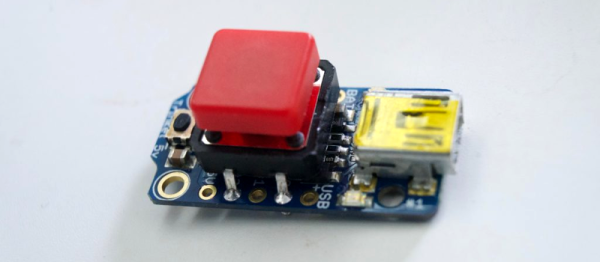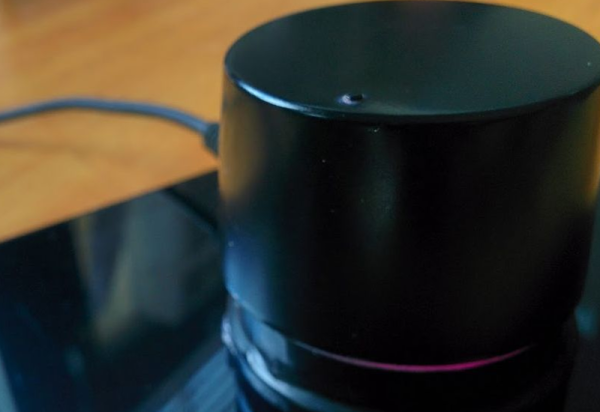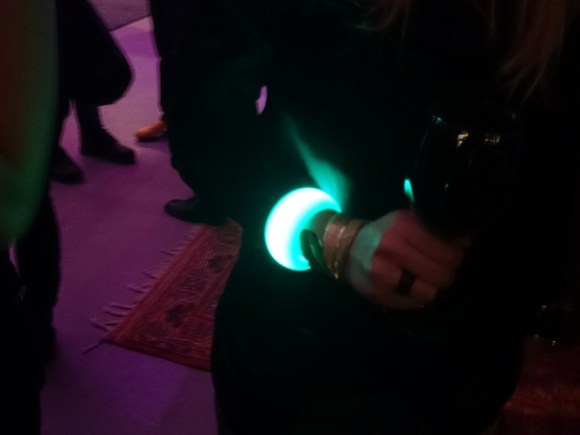Step right up! What would a Makerfaire be without some carnival games? And being a Makerfaire, they could of course be modernized versions. In [avishorp]’s case, he made a series of games that test your speed and look very much like the old strongman game, aka high striker or strength tester.
In the strongman game, you smash a lever with all your might using a hammer. A puck on the other end of the lever then shoots up a tower, hopefully high enough to hit a bell, winning you a prize. In [avishorp]’s games the puck, tower and bell are all replaced with an LED strip. In the swipe game, the faster you swipe your hand sideways over two optical proximity sensors, the higher the LEDs light up. In the drum game, the speed with which you drum on a rubber disk with embedded accelerometer, the higher the LEDs light up. The chase and response games both involve buttons that you have to rapidly hit, to similar effect.
For the brains, each game is controlled by an Adafruit Trinket board. [Avishorp] chose to use the PlatformIO IDE instead of the Arduino IDE to write them, preferring its modern editor, but he didn’t like that it doesn’t print and that it doesn’t tell you the final file size. The latter issue caused him to overwrite the bootloader, something that he understandably considered a major inconvenience.
Check out his page for more details, Fritzing diagrams, links to code, and all game videos. Meanwhile we’ve included clips of the drum and swipe games below.
And if it’s more carnival games you’re looking for, how about this adult-sized Sit ‘n Spin made using a rear differential and axle assembly out of an old car or truck. Or maybe you prefer something less likely to make you woozy, in which case you can try fishing with the Bass Master 3000.
Continue reading “Modern Strongman Games Test Your Speed Instead”





 [Rick], an Adafruit learning system contributor, is excited by the implications of STEM’s reach into K-12 education. He was inspired to design
[Rick], an Adafruit learning system contributor, is excited by the implications of STEM’s reach into K-12 education. He was inspired to design 








